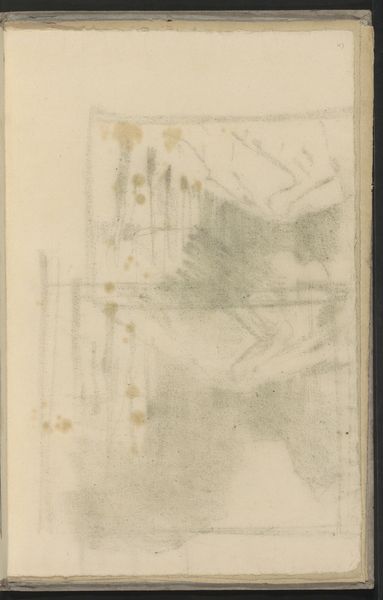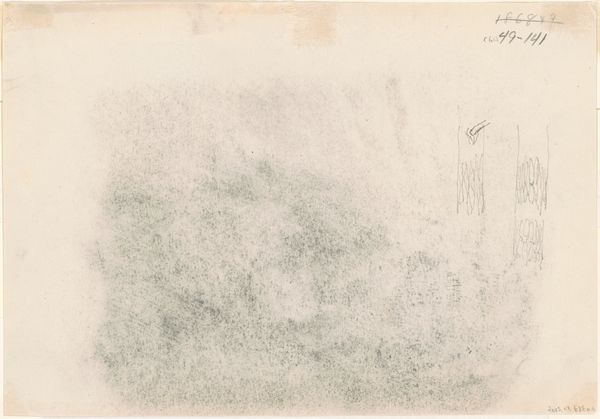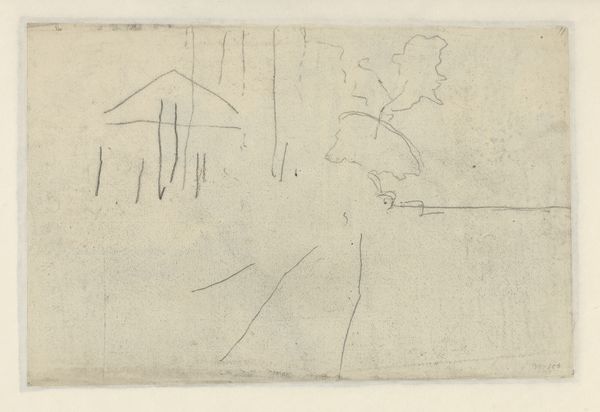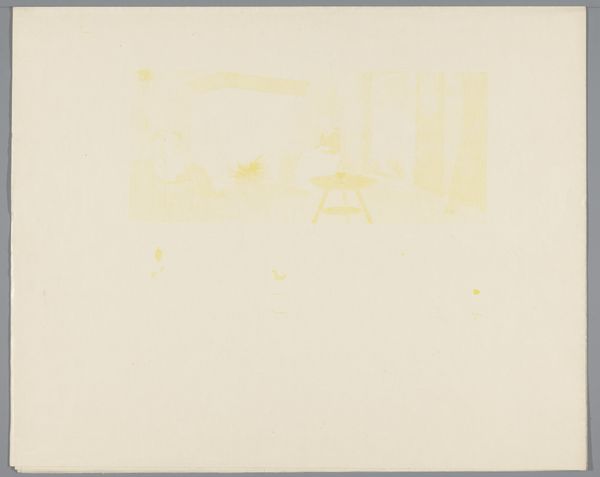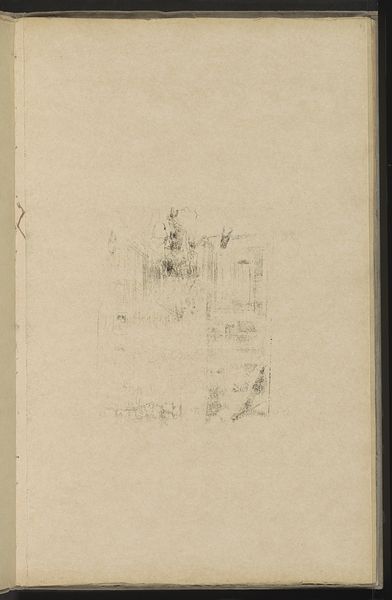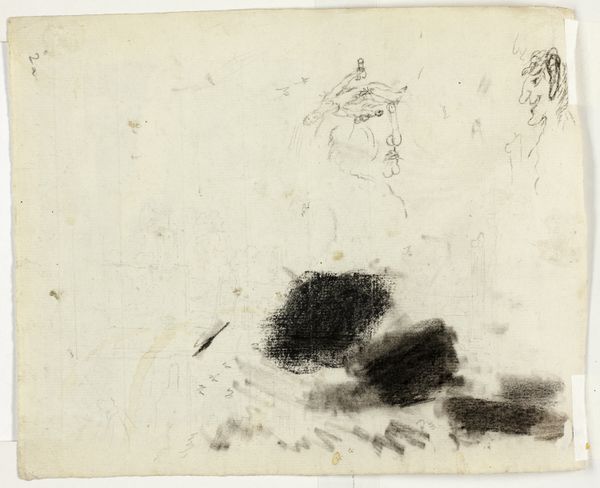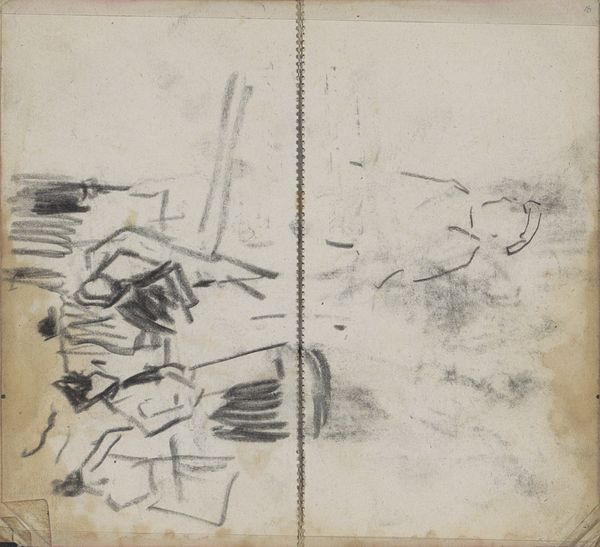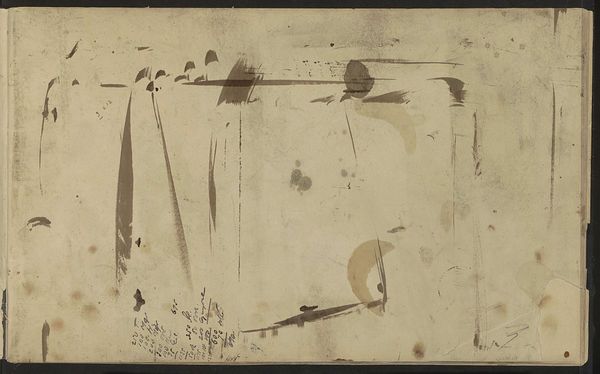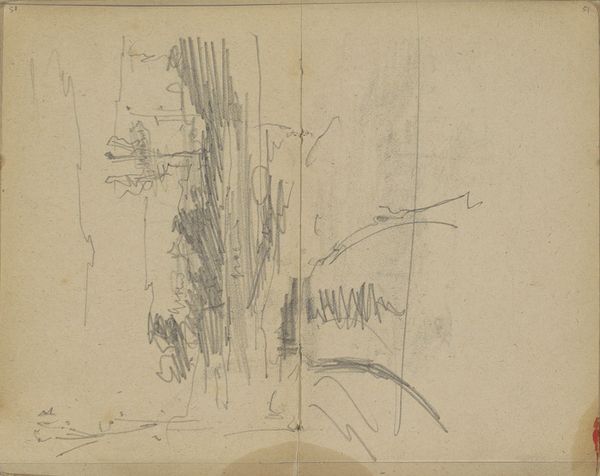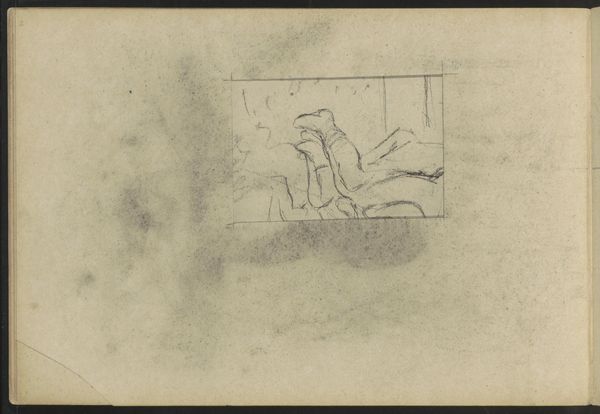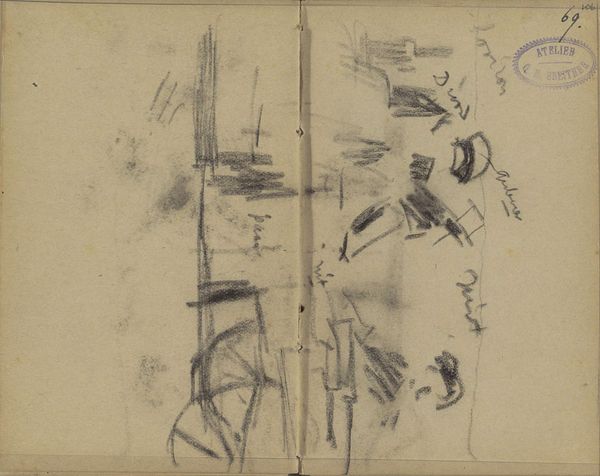
drawing, pencil, graphite
#
drawing
#
16_19th-century
#
pencil sketch
#
landscape
#
sketch
#
pencil
#
line
#
graphite
Copyright: Public Domain
Editor: Here we have Wilhelm Amandus Beer's pencil sketch, simply titled "Fence." It's quite unassuming at first glance, a quick landscape drawing, seemingly incomplete. What do you see in this piece, beyond the literal representation? Curator: I see a layering of symbols, perhaps unintentional, yet potent nonetheless. The fence itself represents a boundary, a division, but here it’s fragile, rudimentary. It hints at both inclusion and exclusion, doesn't it? Editor: I suppose I hadn’t thought of it that way. I was just thinking it was, well, a fence! Curator: Consider the lines themselves, their tentative nature. This isn’t a solid barrier, but rather a suggestion of one. And the faint depiction of a building behind. It’s almost like a memory, barely there, shielded or protected by the fence. What do you think the artist is holding back, revealing, or questioning? Editor: So you’re saying the incompleteness adds to its symbolic power? It's like a half-remembered dream, suggesting more than it shows? Curator: Precisely! Fences have historically symbolized ownership, territory, protection. Here, the ambiguity reflects perhaps the fleeting nature of these concepts, their inherent instability. And even a kind of artistic license and freedom that’s present. It isn't neat or conventional. Editor: I'm starting to see how even the simplest image can hold layers of meaning, reflecting cultural anxieties or aspirations. Curator: Indeed. The drawing becomes more than just a fence; it’s a meditation on boundaries, real and imagined. Visual shorthand for culture. Editor: This has completely changed how I see sketches. Thanks for sharing that illuminating point of view.
Comments
No comments
Be the first to comment and join the conversation on the ultimate creative platform.
